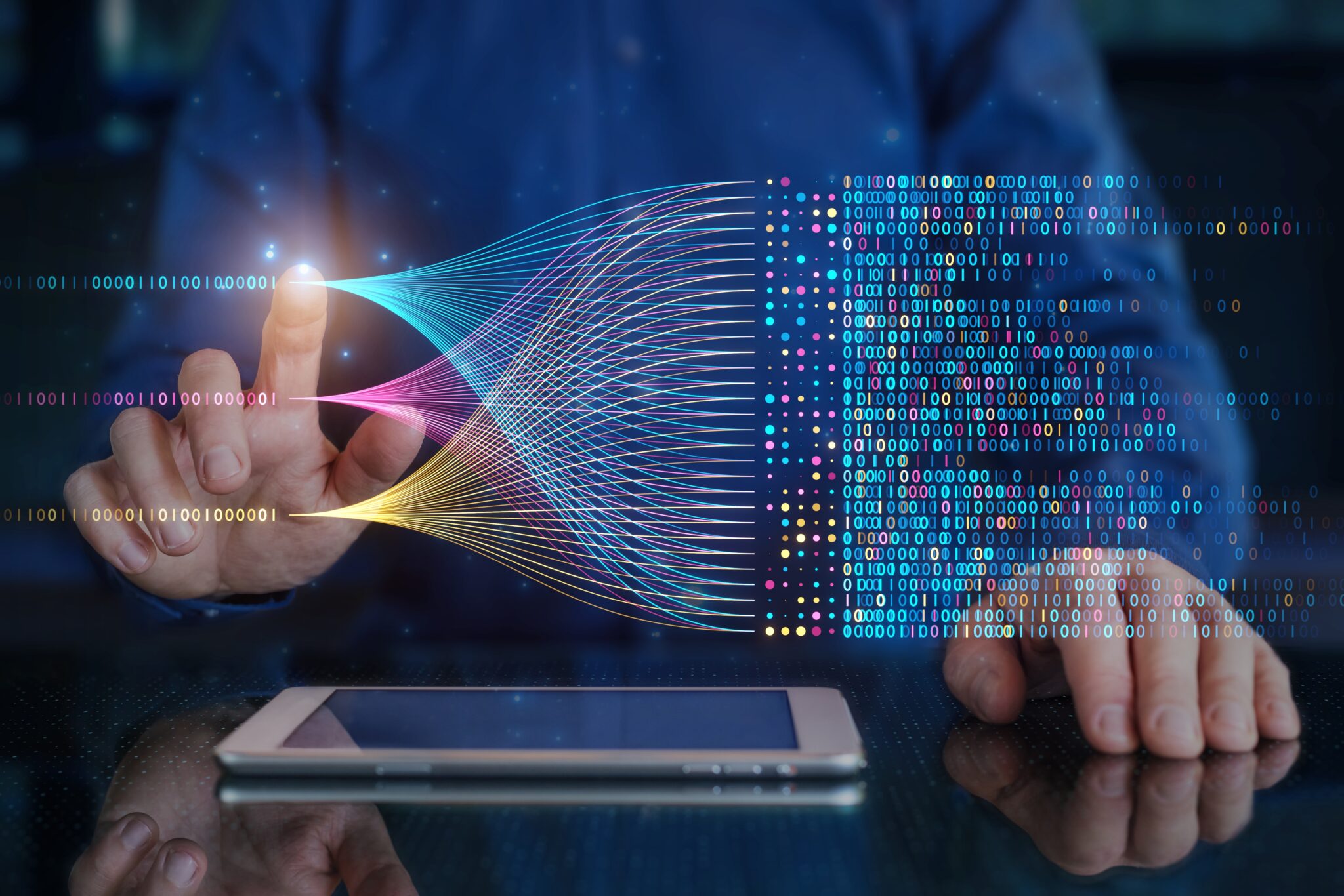In the late 80s I was preparing to leave home for college. At the time, two new pieces of technology hit mainstream use: microwave ovens and portable word processors with floppy disks. As a college student, I was excited to heat water for instant coffee without needing a stove and to move away from my father’s electric typewriter and white out. In the end, my father purchased both items for me, and a second microwave for our house.
As teenagers, my sister and I immediately embraced the microwave to heat up food– no more dried out meat from reheating on the stove. My mother, who would have been in her late 40s at the time, was not rushing to use this device that would change the way she worked. The concept of sticking food inside a box and hitting buttons was so foreign, she refused to even try it. We decided not to force her to step outside of her comfort zone, but instead embraced the new technology for ourselves. Within days, we were cooking bacon in minutes and considering the little gadget that made scrambled eggs.
Whether due to envy, curiosity, or FOMO, my mom gave in. I’ll never forget her tentative approach to the buttons and her startled jump when she hit start and the machine started making noise. She was a quick learner, and the new tool changed her whole leftover dinner routine. She even experimented beyond reheating by cooking other foods just to see what would happen. Popcorn was a game changer for sure.
If any of this story feels familiar in concept, personal memory, or relatable relative to how you feel about new technology that changes the way we work, then you already understand why we recently ran a webinar titled, “Navigating the Unknown: Traveling Outside Your Comfort Zone and Understanding AI” on May 14th. New tools to perform a task or do a job are either exciting or scary. Artificial Intelligence is here but many of us haven’t made the change to incorporate it in our daily workflow whether out of fear, lack of training, or just not knowing where to start. Various AI technologies can be helpful and save us a lot of time, but they won’t replace everything we do.
Like the microwave, each new technology has its purpose. The microwave changed how we make many things, but it won’t replace an oven for baking bread. AI will not sprout arms and pick up a paintbrush, nor will it take a walk to clear its head for some creative thinking. AI tools cannot replace human creativity or critical thinking, but it can give us an output from millions of sources faster than we’d be able to do on our own.
As we stand on the brink of a technological revolution that will fundamentally alter the way we live, work, and relate to one another, the story of the microwave serves as a poignant metaphor for the advent of AI. Just as the microwave transformed kitchens around the world, AI promises to reshape our workplaces, enhance our capabilities, and streamline our workflows. Yet, it’s essential to remember that technology is a tool, not a replacement. It amplifies our abilities, accelerates our processes, and opens new horizons for innovation and creativity. Embracing AI is not about discarding the old but about enhancing it with the new. As we navigate this journey, let us approach AI with the same mix of caution and curiosity that led to the widespread adoption of the microwave, recognizing that the true potential of any technology lies in how we choose to use it. The future is not about AI working in isolation but in concert with the irreplaceable ingenuity of the human spirit.
Interested in learning more? Click here to learn more about our workshop!
